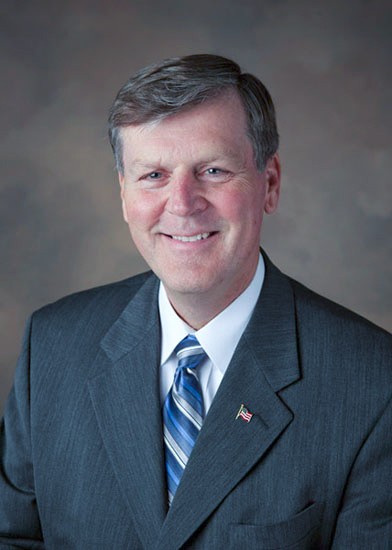Sustainability efforts reap economic savings

Courtesy Photo / gvsu.edu Thomas Haas
Apr 21, 2011
The word “sustainability” has become a fixture at Grand Valley State University, but based on recent university numbers, the sustainability efforts are doing more than saving trees and winning awards. They are also helping to keep money in student pockets.
Many of the savings from sustainability efforts can be measured in utilities on all of the GVSU campuses, said Terry Pahl, an engineer from Facilities Planning.
From 2001 to 2010, with projects such as occupancy sensors, which detect movement in a room and turn off the lights when the room is vacant, there was a 15 percent reduction of electricity use per square foot. Over the same ten-year period, GVSU saw a 21 percent reduction per square foot in gas usage.
When energy savings based on these reductions were calculated, it showed that the university saved about $1.35 million immediately and another $1.45 million in avoided costs is saved each year.
“Instead of a term like ‘money saved,’ we use ‘cost avoidance,’” Pahl said. “It’s not like you receive a check or you are given money to put in the bank when you complete an energy project, but it is money that you didn’t pay out to an energy supplier. By avoiding extra energy costs, GVSU reduces operating costs and that helps the bottom line, which benefits everyone including students.”
Money spent on the energy projects totals to about $1.9 million, Pahl said, but because of the high monetary return on these efforts, the money was paid back quickly.
“All projects are targeted as a four-year or less payback,” Pahl said. “But most take only months.”
President Thomas J. Haas said sustainable development practices offer long-term economic impact benefits, with economic impact being measured in short-term efficiencies and the creation of long-term value.
“The message is that sustainable development best practices when applied offer significant economic benefit both in the short-term and the long-term,” Haas said.
Over the same ten-year period as the gas and electric reductions, 27 percent less water was used. Based on 2010 water costs, this reduction would amount to $283,000 in avoided costs.
“Those projects all help to keep the operating costs for the university lower and ultimately affect the students,” Pahl said. “If operating costs are kept in check then it is more likely the university will have additional monies to put toward facilities, programs and help prevent other costs from climbing rapidly, like tuition.”
Pahl added because his numbers have not been adjusted for inflation and are based on current market prices of utilities, the savings could be higher.
Other departments have been making efforts to conserve like by printing less paper. More than $337,683 has been saved in printing costs by putting documents online, said Rhonda Lubberts, assistant vice president for Institution Marketing.
Bart Bartels, project manager of the Sustainable Community Development Initiative, said a number of other projects have saved costs on campus, such as Campus Dining removing the trays from the on-campus dining locations, the installation of Energy Star appliances in on-campus housing complexes, and public transportation.
“I think that students want to see the impact,” Bartels said. “They want to see if sustainability has made a difference. And it is making a difference. It is cutting costs, and it is affecting the amount paid for tuition.”






















